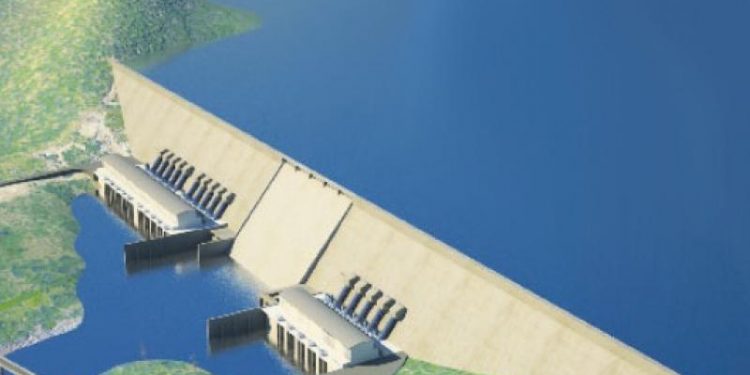The process of filling the Grand Ethiopian Renaissance Dam (GERD) is still unknown after talks between Ethiopia, Egypt and Sudan, facilitated by the United States, failed.
This unfolded after Ethiopia failed to show up at the last round of talks, citing ongoing internal consultations. The Horn of Africa nation argued that they will not sign ‘any agreement that steps on its rights of using its own Nile water.’
The U.S. Treasury Secretary, Steven Mnuchin, held bilateral meetings with ministers of foreign affairs and ministers of water resources of Egypt and Sudan, seeking to find a lasting agreement on the filling and operation of the dam.
Since the construction started in 2011, Ethiopia and Egypt have been at loggerheads on the issue of the filling and operating the dam, with Egypt worrying that it could threaten its supply of water from the Nile. Thus, it is seeking to prolong the time of filling the dam to avoid the negative effects of water shortage, a move Ethiopia is harshly against.
Egypt, which it draws 90% of its fresh water from the Nile, fears that it will lose more than one million jobs and $1.8 billion in economic output annually, as well as electricity valued at $300 million, if its concerns are not met.
GERD is a gravity dam on the Blue Nile River in Ethiopia that has been under construction since 2011. Once complete, the dam will produce 6.45 gigawatts of electricity, making it the largest hydroelectric power plant in Africa, as well as the 7th largest in the world.
See Also:




